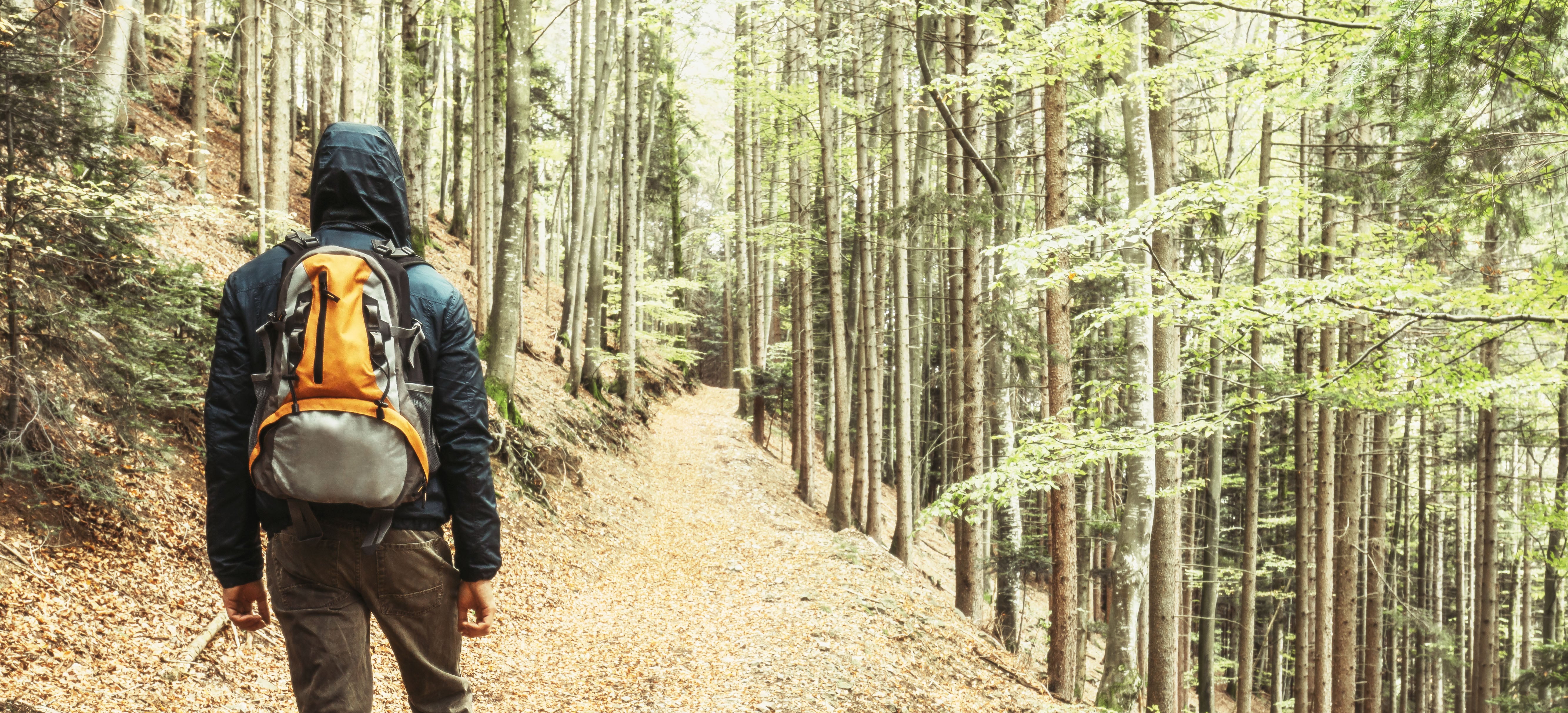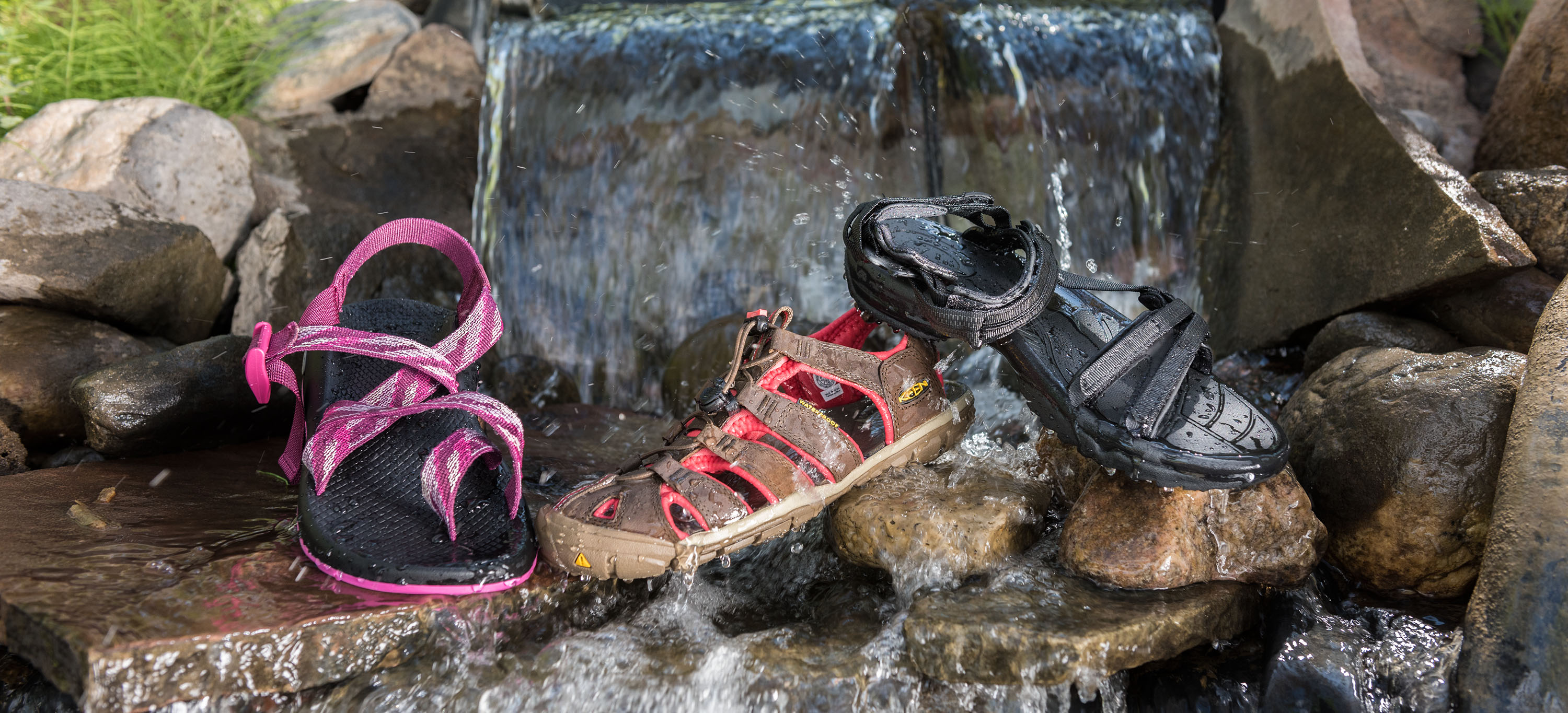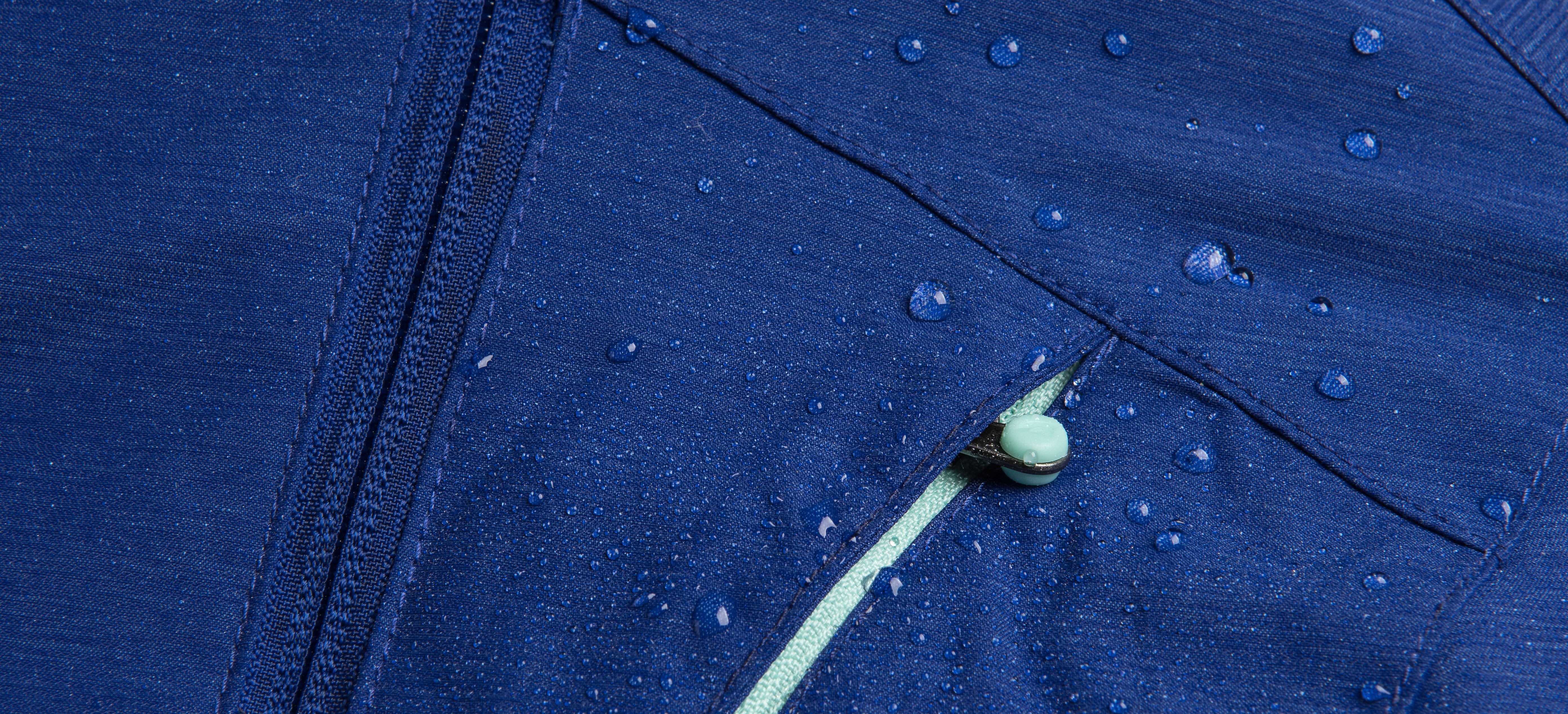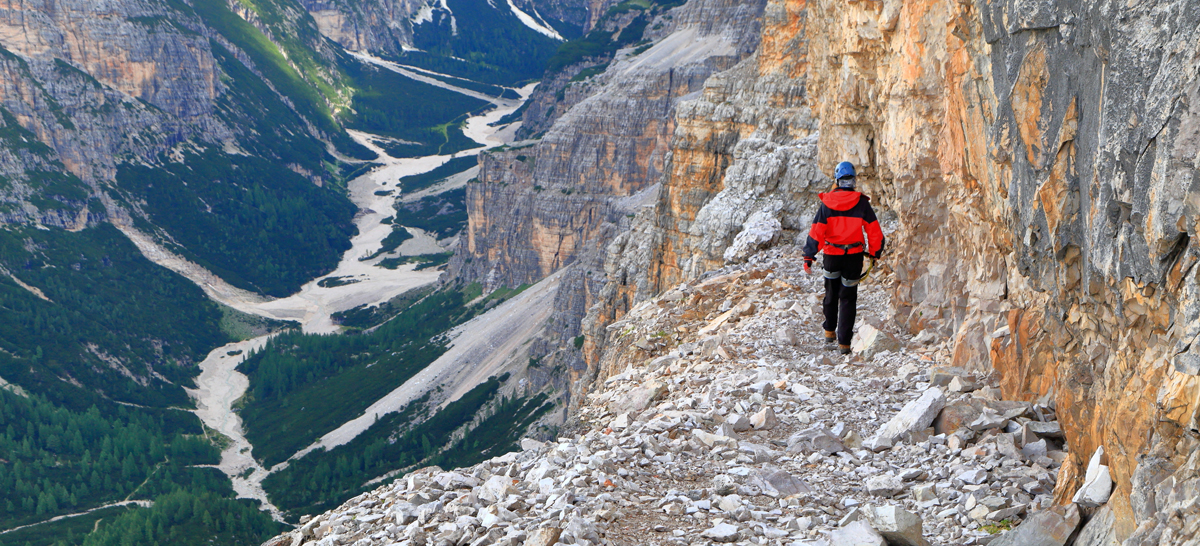Most people are pretty good at following the principles themselves. However, they don't always think about the impact their furry hiking companions have on the environment.
A dog can have just as much, or more, of an impact on vegetation, wildlife and nature as humans can. Some people see their dog as "just another wild animal" out in the woods, but domesticated dogs no longer live in harmony with the earth. The numbers of dogs on trails -- over 100 a day in some areas -- is generally greater than the number of wildlife in any given area. Together, the actions of our pups can have a significant negative impact on the environment.
It doesn't have to be that way. Here are some ways, based on the seven principles for people, that your dog can practice leave no trace.
1. Plan Ahead and Prepare
Know the regulations about dogs before you visit a new area. Are they allowed on the trails there? Are there strict leash laws or is "voice control" acceptable? Dogs are often not allowed on national park trails and some protected wilderness areas. Make sure your dog is following the rules meant to protect fragile vegetation and wildlife habitats.
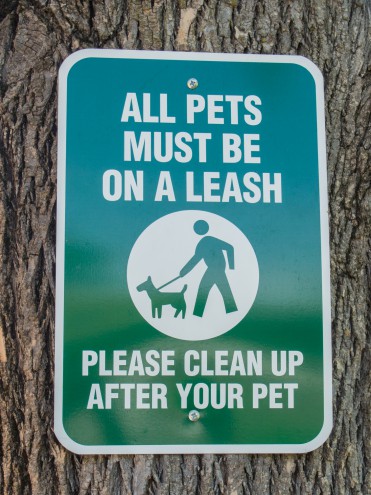
2. Dispose of Waste Properly
Always pick up your dog's waste and pack it out. The smell of pet waste can disrupt a wild animal's habitat, and bacteria in it can contaminate lakes and streams. If you are hiking for multiple days and can't pack the waste out, bury it as you would human waste in a cathole dug 6 to 8 inches deep, at least 200 feet from water and camp and trails.
3. Travel and Camp on Durable Surfaces
Help your dog minimize their impacts on vegetation by keeping them on the established trail. Dogs can do a lot of damage to fragile plants if they are allowed to trample them and root around in the bushes. At camp, let your dog sleep in your tent or bring their own dog bed and place it on a durable surface so they know where to lay.
4. Leave What You Find
That plain grey rock may actually be a cultural artifact or the roof of some critter's nest. Keep your dog from digging holes, and picking up rocks or sticks, so natural objects are left as you found them.
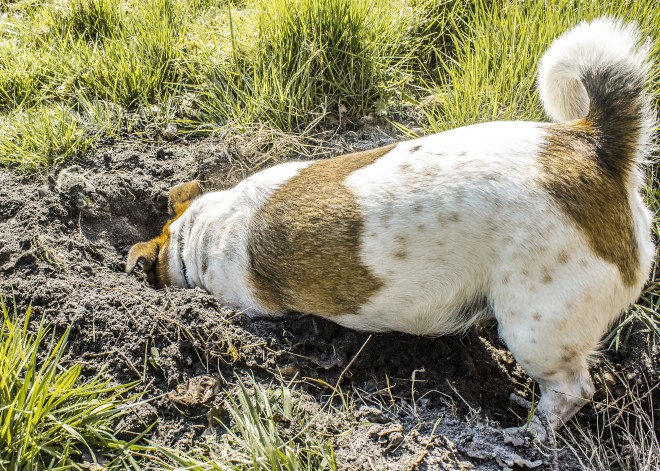
5. Minimize Campfire Impacts
Your dog will probably not be building a fire. However, you can get rid of the need for fire all together, or at least require a smaller fire, by bringing a jacket for your dog to keep them warm instead.
6. Respect Wildlife
Make sure you and your dog are not disturbing wildlife or contributing to their habituation to "human" food. It's tempting for your dog, but don't let them chase, follow, or injure wildlife. Also, remember to properly store your pet's food with your own. That includes not leaving dog food in your pet's bowl overnight.
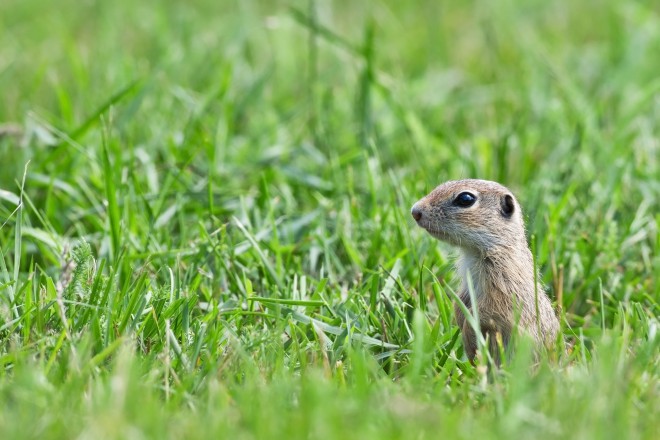
7. Be Considerate of Others
The idea here is that your and your dog's enjoyment of the outdoors should not taint the outdoor experience of others. Some people are afraid of dogs or, gasp, don't like them. Don't let your dog run up to strangers on the trail or let them wander from group to group begging food at popular lunch spots. Also, your dog should step to the downhill side of the trail when encountering pack stock and should not create "noise pollution" by being allowed to bark excessively.
Helping your pooch to follow these principles will ensure that the beautiful, awe-inspiring places you visit remain that way both for the short-term and for generations to come. You and your dog can still have a lot of fun while acting responsibility and making good decisions.

